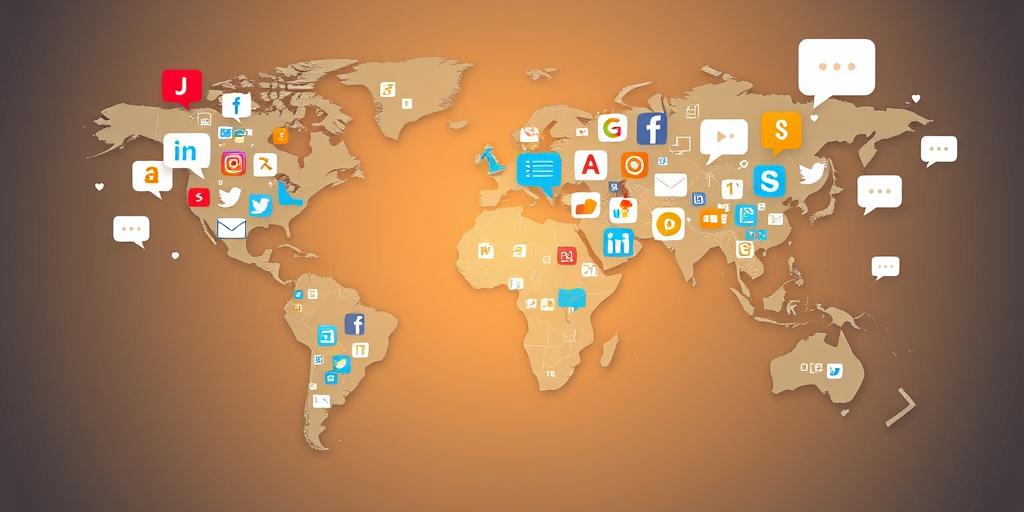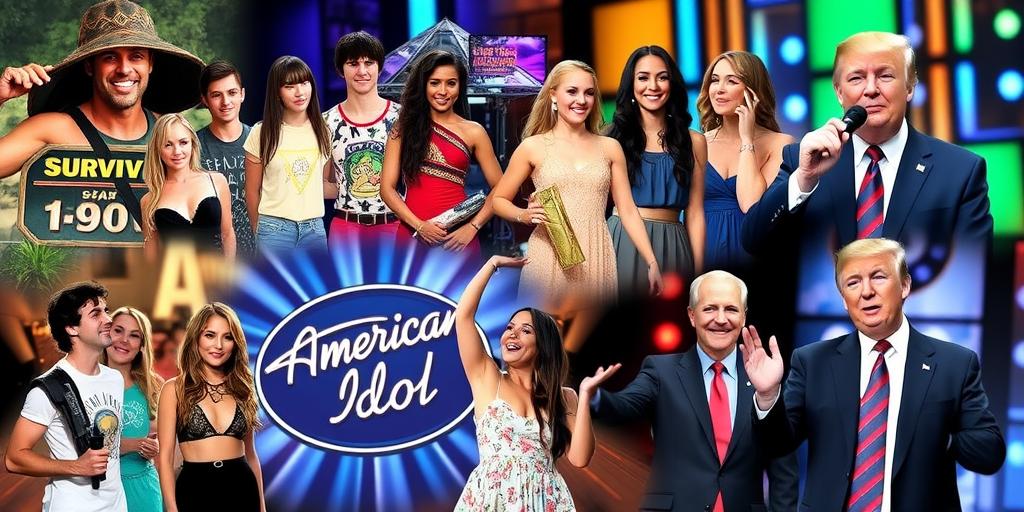How Social Media Reshaped Communication (2000s-2020s)
Social media has revolutionized how we communicate, connect, and share information. From the early days of simple text-based platforms to the visually rich and interactive environments we see today, the evolution of social media has profoundly impacted society. This post explores the key milestones and shifts in communication brought about by social media from the 2000s to the 2020s.
The Early Days: Foundations of Connection (2000s)
The early 2000s marked the beginning of social media as we know it. Platforms like:
- Friendster (2002): One of the first social networking sites to gain widespread popularity. It allowed users to create profiles, connect with friends, and share personal updates.
- MySpace (2003): MySpace took social networking a step further by allowing users to customize their profiles with HTML and multimedia content. It became a hub for music, culture, and self-expression.
- LinkedIn (2003): Focused on professional networking, LinkedIn connected professionals, facilitated job searches, and enabled industry discussions.
These platforms laid the foundation for social media by:
- Introducing the concept of online profiles.
- Enabling users to create and maintain networks of contacts.
- Providing tools for sharing personal and professional information.
The Rise of Giants: Expanding Social Reach (Late 2000s - Early 2010s)
The late 2000s and early 2010s saw the emergence of social media giants that reshaped the digital landscape:
- Facebook (2004): Originally designed for college students, Facebook quickly expanded to become the world’s largest social network. It introduced features like the News Feed, which personalized content and enhanced user engagement.
- Twitter (2006): With its 140-character limit (later increased to 280), Twitter revolutionized real-time communication. It became a platform for news updates, public discourse, and instant commentary.
- YouTube (2005): Acquired by Google, YouTube transformed how video content was shared and consumed. It enabled anyone to become a content creator and fostered a global community around video.
These platforms expanded social media's reach by:
- Connecting billions of users worldwide.
- Making social networking an integral part of daily life.
- Introducing new forms of content sharing, such as video and real-time updates.
The Mobile Revolution: Social Media on the Go (2010s)
The rise of smartphones in the 2010s brought social media to our pockets, transforming how we interact with these platforms:
- Instagram (2010): Focused on visual content, Instagram allowed users to share photos and videos, adding filters and captions. It became a platform for showcasing creativity and personal style.
- Snapchat (2011): With its ephemeral content, Snapchat introduced a new form of communication based on disappearing messages and stories. It appealed to younger audiences and emphasized spontaneity.
- Pinterest (2010): A visual discovery platform, Pinterest enabled users to curate and share images and ideas. It became a valuable tool for inspiration, planning, and e-commerce.
The mobile revolution impacted social media by:
- Making social media accessible anytime, anywhere.
- Driving the growth of visual-based platforms.
- Introducing new forms of ephemeral and spontaneous content.
The Modern Era: Diversification and Integration (2020s)
The 2020s have seen further diversification and integration of social media into various aspects of life:
- TikTok (2016): Known for its short-form video content, TikTok has become one of the fastest-growing social media platforms. It emphasizes creativity, entertainment, and trends.
- Twitch (2011): A live-streaming platform, Twitch has gained popularity among gamers, artists, and content creators. It fosters real-time interaction and community building.
- Integration with E-commerce: Social media platforms have increasingly integrated e-commerce features, allowing users to discover and purchase products directly within the app.
Key trends in the 2020s include:
- The rise of short-form video content.
- The integration of social media with e-commerce and other services.
- Increased focus on community building and niche interests.
Impact on Communication
Social media has profoundly reshaped communication in several ways:
- Instant Connectivity: Social media has made it easier than ever to connect with people across the globe in real-time.
- Democratization of Content Creation: Anyone can create and share content, giving voice to diverse perspectives and experiences.
- Shift in News Consumption: Social media has become a primary source of news for many people, often bypassing traditional media outlets.
- Increased Visual Communication: Platforms like Instagram, TikTok, and YouTube have emphasized visual content, changing how we share and consume information.
- Rise of Influencer Culture: Social media influencers have emerged as key players in marketing and advertising, shaping consumer behavior.
Conclusion
From its humble beginnings in the early 2000s to the sophisticated and pervasive platforms of the 2020s, social media has fundamentally reshaped communication. It has transformed how we connect, share information, and engage with the world around us. As technology continues to evolve, social media will likely continue to evolve, bringing new opportunities and challenges in the way we communicate and interact.









